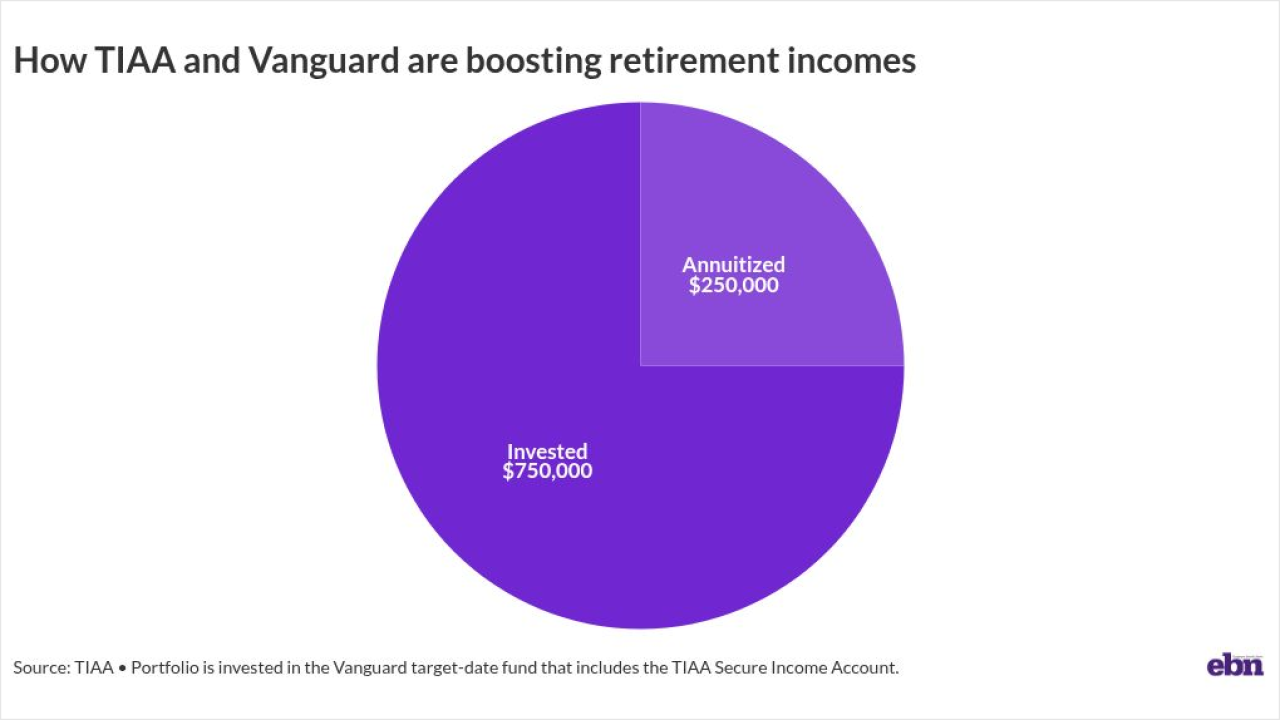Suicide rates in the U.S. continue to rise every year and the largest number of suicides occur among those in the working age population. The
“We're at a pivotal moment to address mental health or that will become the next pandemic," says Kristin Tugman, vice president of Health and Productivity Analytics at Prudential. “Suicide is elusive, and nobody wants to talk about it.”
In 2018, a person died by suicide every 40 seconds, according to the World Health Organzation. In 2020, that is expected to increase to every 20 seconds. These statistics point to the growing and often hidden despair of many dealing with
During the coronavirus pandemic, 91% percent of employees say they’ve experienced moderate to extreme stress while working from home, according to a survey by Ginger, a mental health benefits platform. For employers, a first step is being able to recognize the signs of anxiety among their employees before they spiral out of control, says Alison Baker, vice president and medical director at Prudential.
“The warning signs of suicide can go unnoticed in the workplace for long periods of time, and working remotely can increase feelings of isolation employees feel,” Baker says. “We need to be more diligent in reaching out to our employees. Connection saves lives. Check in, show sensitivity, and create a safe environment for them to talk."
Read more:
One in five people who died by suicide had expressed their intent beforehand, according to the American Psychiatric Association. Symptoms and warning signs can be both physical and emotional, and include personality changes, irritability, fatigue, reckless behavior and weight loss, among others.
As employees have shifted to working from home, these signs may be harder to identify by colleagues and managers, Baker says. Being aware of an employee’s “behavioral baseline” is an important way to recognize noticeable changes in appearance or action, she says.
“Are they late, do they miss deadlines, is there a
Prudential’s Tugman agrees, saying that employers must be trained to be sensitive to deeper issues at play, and not mistake mental health issues for lapses in performance.
“It's difficult when someone has an emerging health issue to not jump to the conclusion that it's a performance issue,” she says. “Take time to train managers to know what these signs look like and how to address them.”
If an employer is concerned about the mental health of their colleague, communicating what help is available to them can be a lifeline for those who are struggling, Tugman says.
"The only way we're going to get at it is to raise awareness, minimize stigma and increase access to care to get people the help they need," she says.
The
"We have to think about mental health in the same way we talk about physical conditions — I'll know when we come far enough when I can sit across from a friend and say, ‘I went to my therapist because I was feeling bad, and now I feel a lot better,’ in the same way I would talk about going to the doctor because my knee hurt and now it feels better,” Tugman says.
While COVID has presented unique challenges to mental health, giving employees the space to discuss and normalize their feelings can push them out of the darkness and toward the help and support they need.
“It's OK to not be OK. Fear, anxiety, anger, isolation, feeling irritable, feeling anxious — all of that is normal, and we have to be able to have the conversation,” Tugman says. “If you can recognize the feelings are normal, and step back and say, ‘What is making me upset?’ then you can find ways to address it.”






